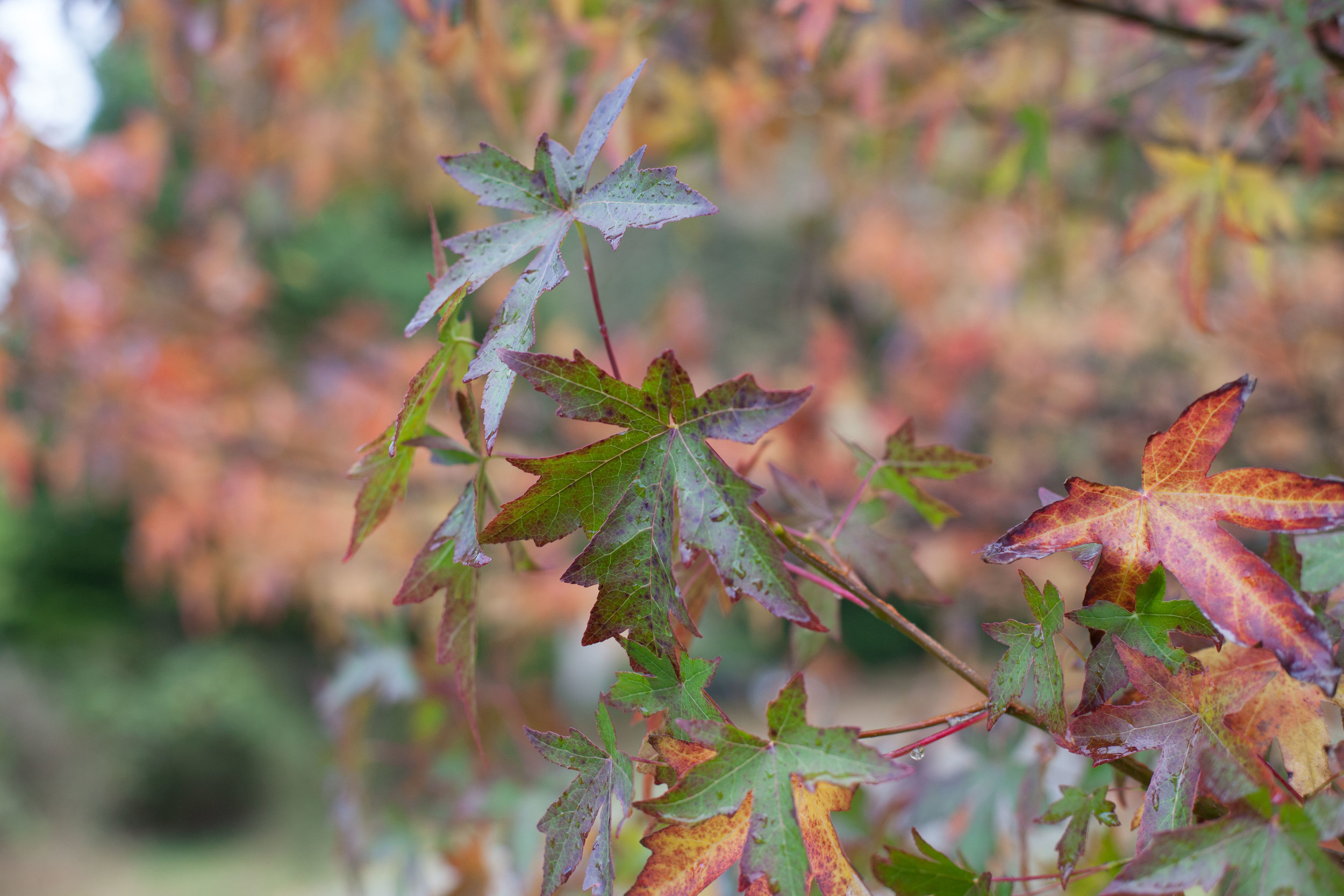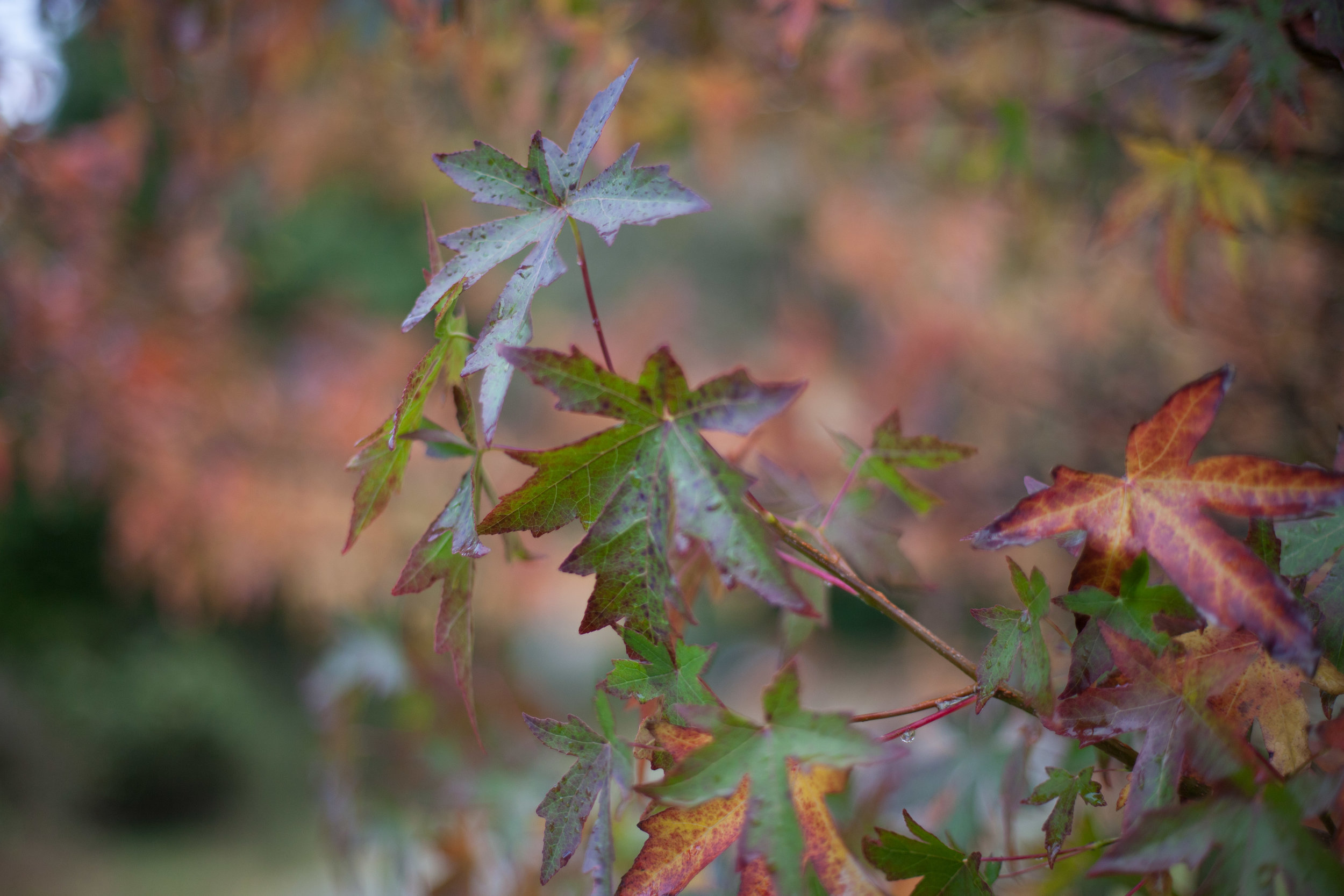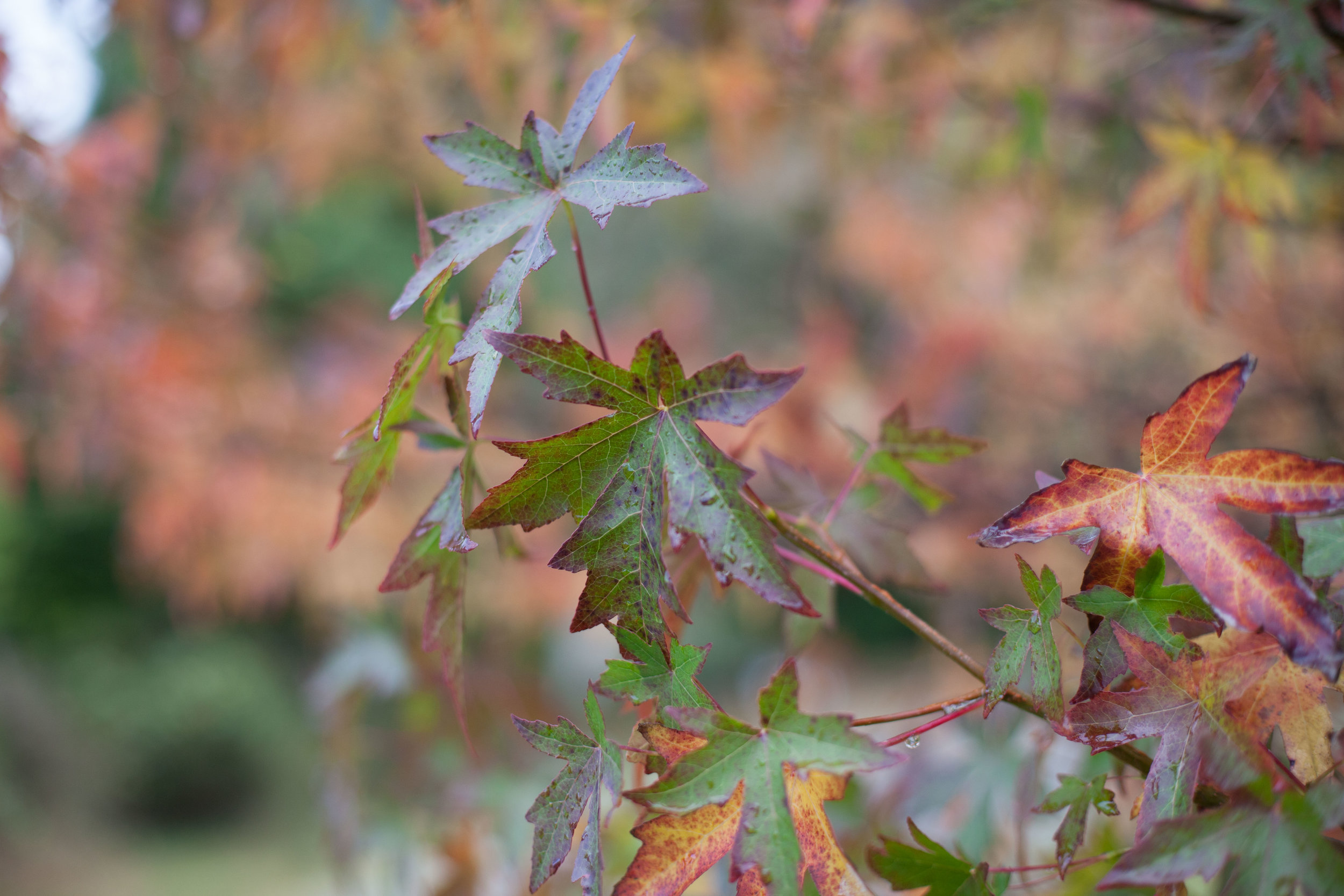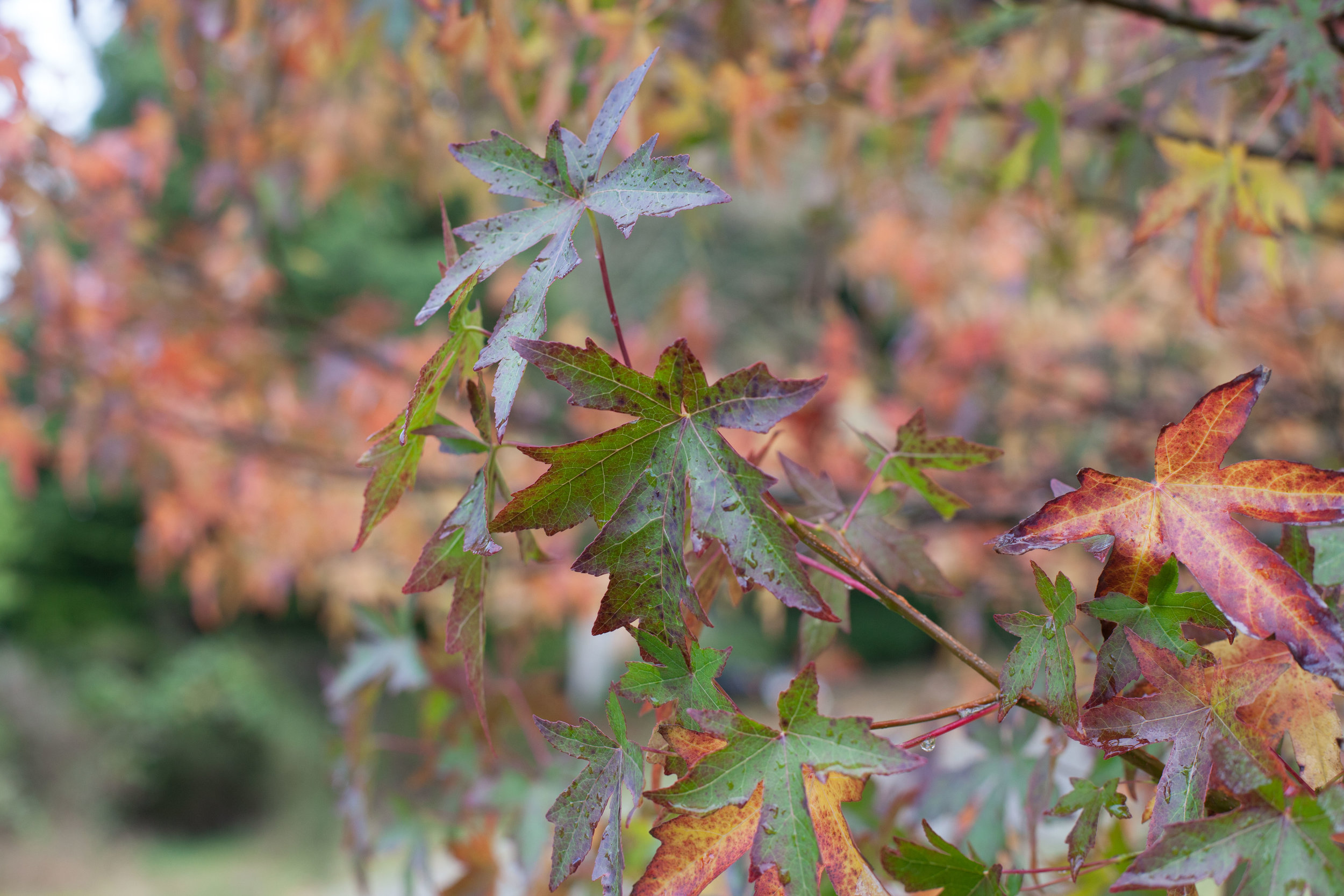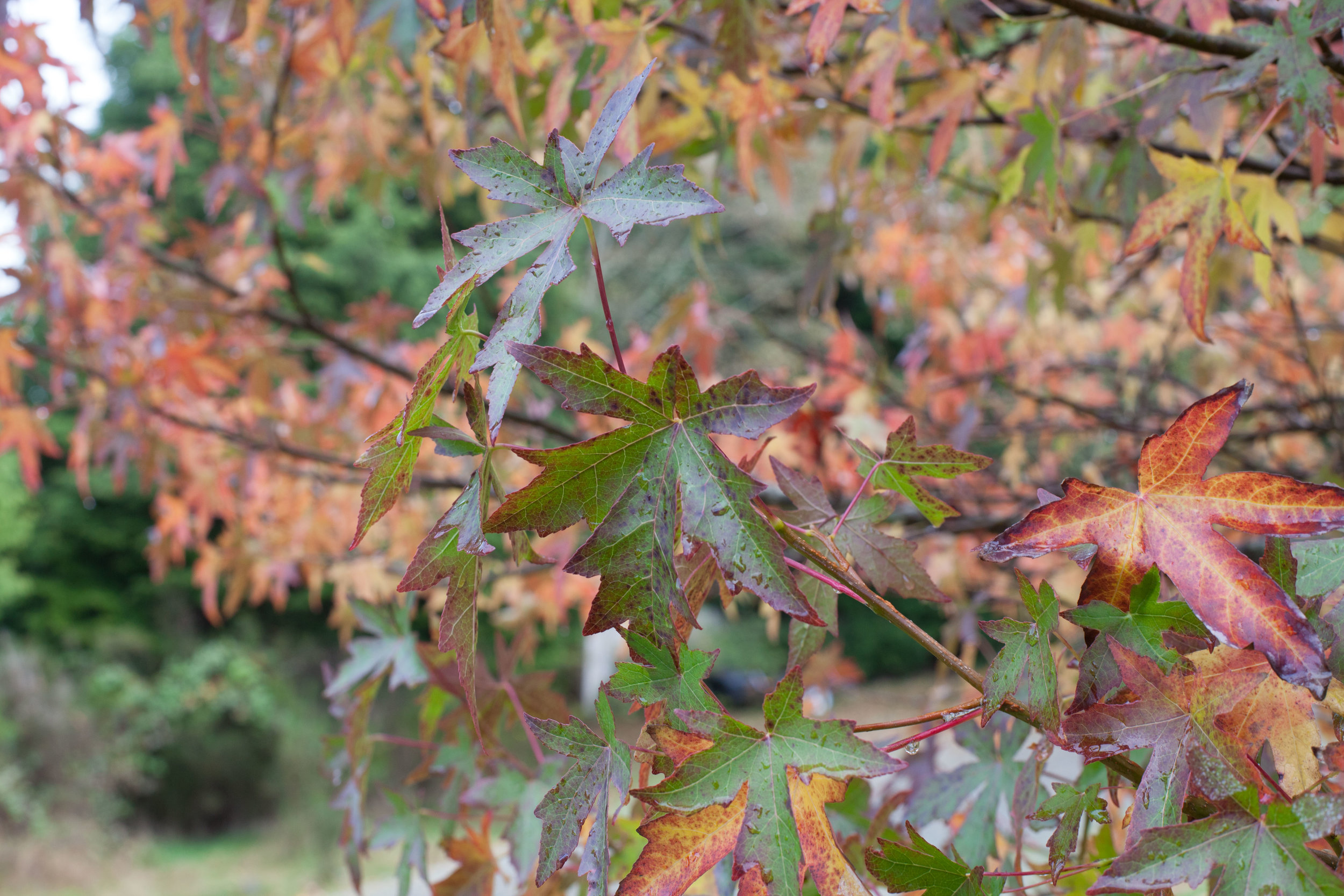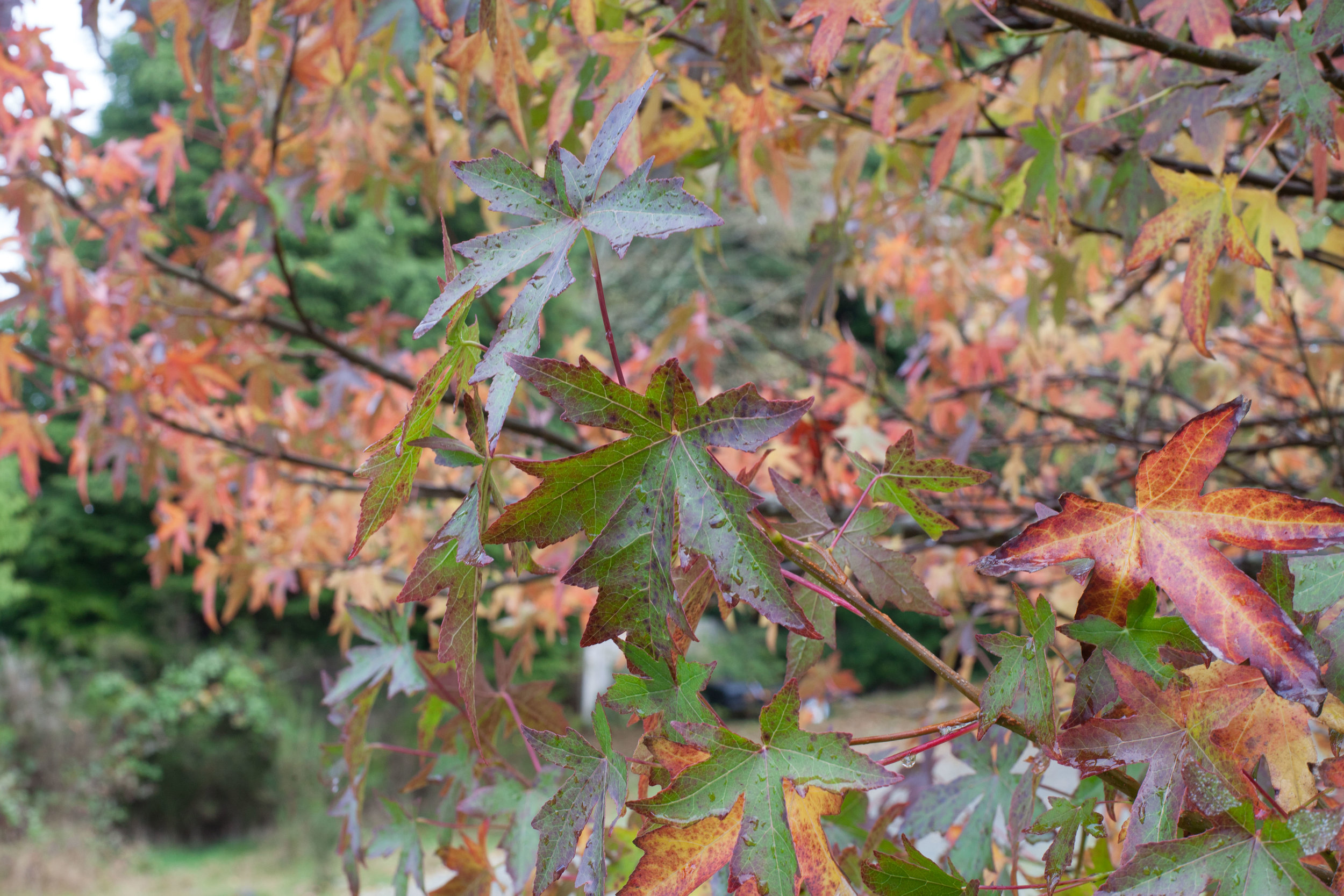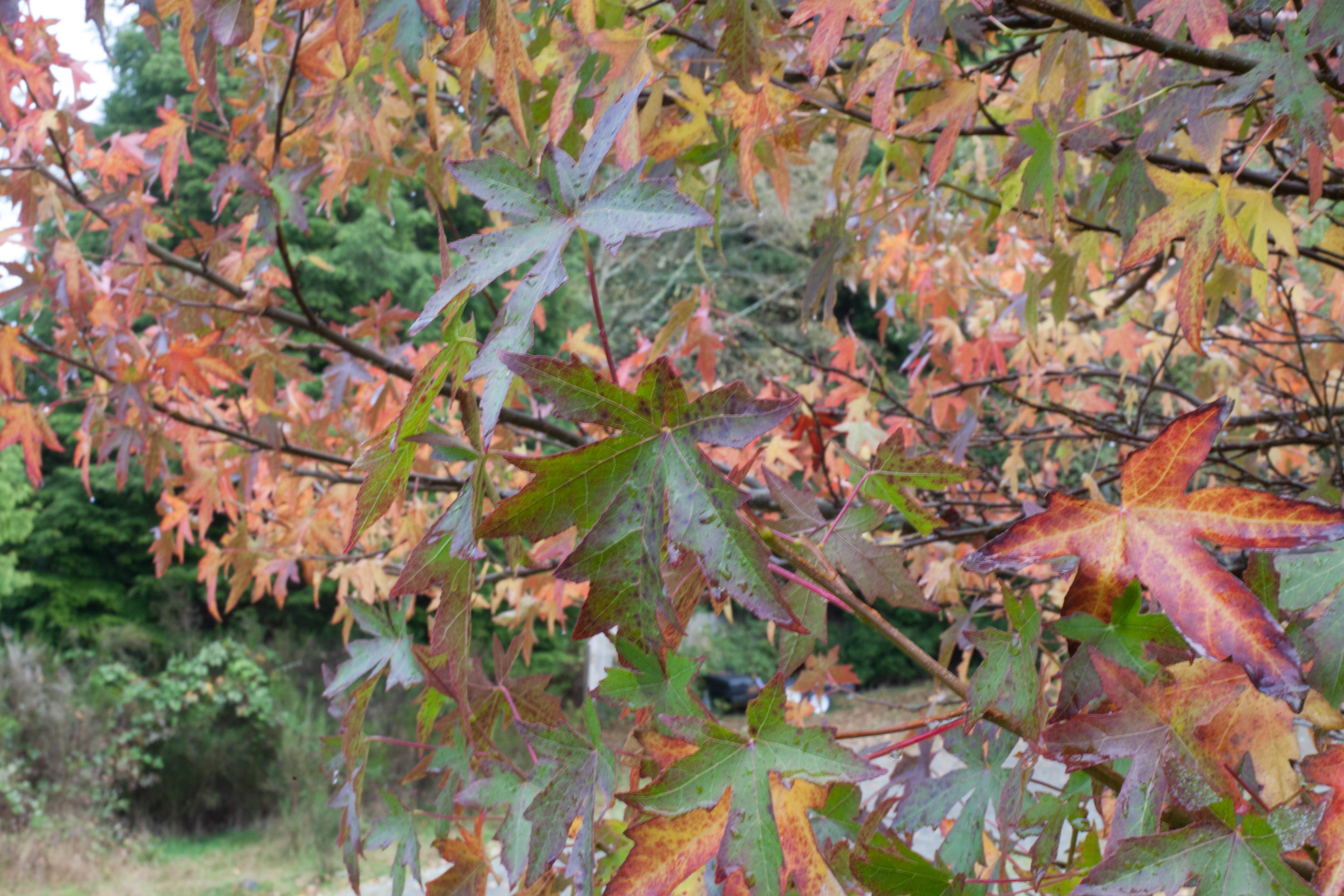A Guide to Aperture
Having full control over your camera's settings and knowing how each aspect works together is pivotal for creating amazing photographs. Exposure is made of three major components- aperture, ISO, and shutter speed. In this guide, we are reviewing why aperture is a major component to creating a good exposure and how you can use it to create more impactful photographs. Selecting the right aperture for the type of photograph you want to produce is key, allowing you to blur a background or have everything in the frame in focus. In addition, this guide will help with Shutterstock Custom assignments that identify a specific depth of field you should capture.
What is aperture?
Aperture is the hole within the lens through which light travels into the rest of the camera body. An easy way to think of it is to think of it as the pupil of your eye. The wider the hole gets, the more light is let in. A larger pupil size equals a larger aperture, whereas a small pupil size equals a small aperture.
How is aperture measured?
Aperture is measured using an f-stop scale. When you are looking at your camera you’ll see an ‘f/‘ followed by a number. The number shows how wide the aperture is- the lower the number, the wider the aperture will be.
What is the f-stop scale and how does it work?
The f-stop scale is f/1.4, f/2, f/2.8, f/4, f/5.6, f/8, f/11, f/16, f/22.
As you move from one number to the next, the aperture decreases to half it’s size, allowing 50% less light through the lens.
Image via Wikapedia
What is a lens’ maximum and minimum aperture?
Every lens has a limit of how small or large the aperture goes. The specifications for each lens will display the maximum aperture value on the lens (i.e. lowest f-stop number). For example a 50mm f/1.8 will be displayed as 1:1.8. The most important factor is the maximum aperture, as it is the speed of the lens. For example, a lens that has an aperture of f/1.2 is considered to be a very fast lens, because more light can hit the camera than a lens with a maximum aperture of f/4. Fast lenses are generally more expensive than slower lenses as they let more light in, allowing you to shoot in variable conditions easier. A good example is Canon’s 50mm lens ranges, with 50mm f/1.8 being their cheapest option, followed by the f/1.4 and the f/1.2 as the most expensive option.
In regards to minimum aperture, most modern lenses go to at least f/16 which is more than enough for most types of photography. For more information on selecting a lens that’s right for you, check out this article on zoom vs. prime lens'.
Your aperture affects your exposure
The larger the aperture, the more exposed the photograph will be. As you move through the scale from shooting at f/1.4 to f/22, the most noticeable attribute that changes is the photograph’s depth of field.
What is depth of field?
Depth of field is the distance at which the subject you are shooting will be in focus in front of and behind the main point of focus. The wider the aperture (f/1.4), the shallower the depth of field, and the narrower the aperture (f/22), the deeper the depth of field. That means a subject with a shallow depth of field (f/1.4) will have a blurred background when focused correctly, and a subject with a narrow aperture (f/22) will have the entire frame in focus.
Here is a visual example of a photograph of leaf moving through the f-stop scale from f/1.4 to f/22.
What aperture should I use for each type of photograph I want to take?
While there are no rules for choosing aperture, here are some general guidelines on the aperture you should choose depending on what you want to capture.
Between f/1.4 - f/2.8: Great for shooting in low light, but with a shallow depth of field. This is great for product-hero photography. Be aware that you will have background blur when shooting between these apertures.
f/4: If you are shooting with autofocus, this is the lowest aperture you’d want to use if you’re taking a portrait of a subject. If you shoot with a wider aperture (f/2.8 or lower) you risk facial features going out of focus.
f/5.6: Great for photographs of groups of people. This is a preferred aperture if you’re shooting a lifestyle setting. An example might be a Shutterstock Custom brief in a park with a group of friends interacting with a product.
f/8: Great for larger groups of people, such as for party scenarios. Shooting at f/8 will ensure everyone remains in focus.
f/11: This is a really sharp aperture, so all your details will be in focus. Great for portraits or photographs of moving animals where you do not want background blur.
f/16: A good aperture for shooting outside in sunny conditions, where a small aperture is required.
f/22: This aperture is best for wide, landscape or architecture shots where you want all details in focus.
We hope this guide helps you get started on selecting the right aperture for your photography needs. Some Shutterstock Custom assignments specify the depth of field required for certain brands, so use this guide as a reference to ensure you’re selecting the right aperture for the right project.
We’re constantly on the lookout for new contributors to join the
Shutterstock Custom Contributor Community!
Are you a photographer or videographer interested in working with us?
Apply to start creating stunning visuals for the world's top brands!
Stay creative!
- The Shutterstock Custom Contributor Community Team





